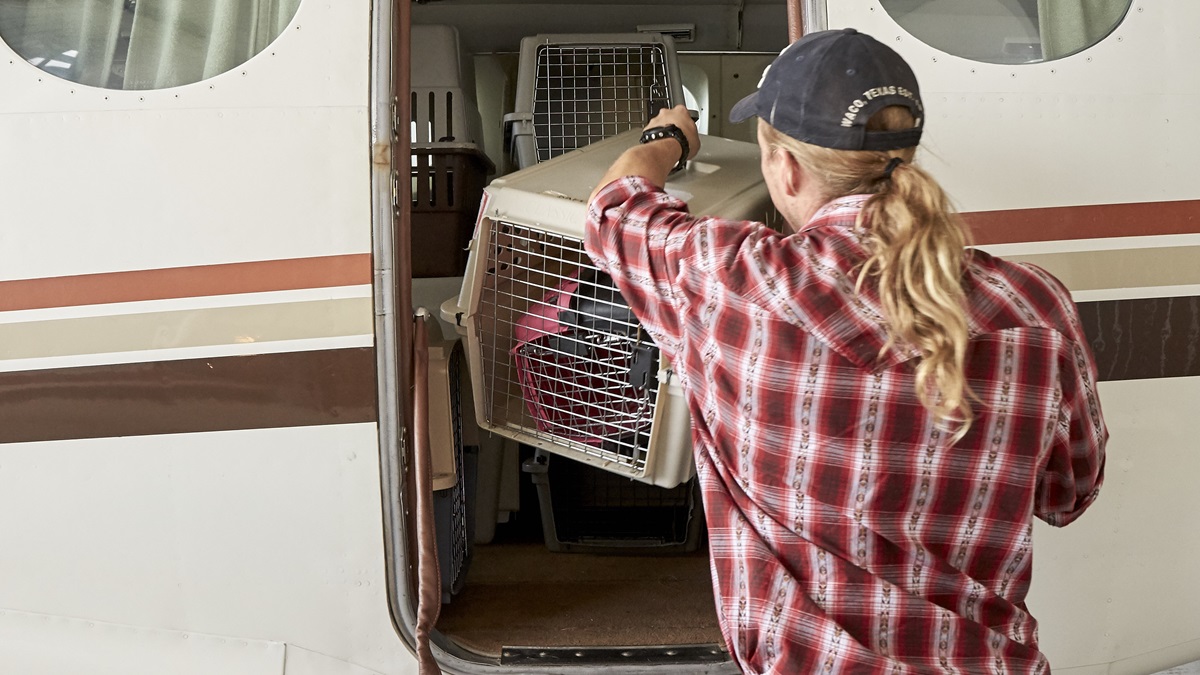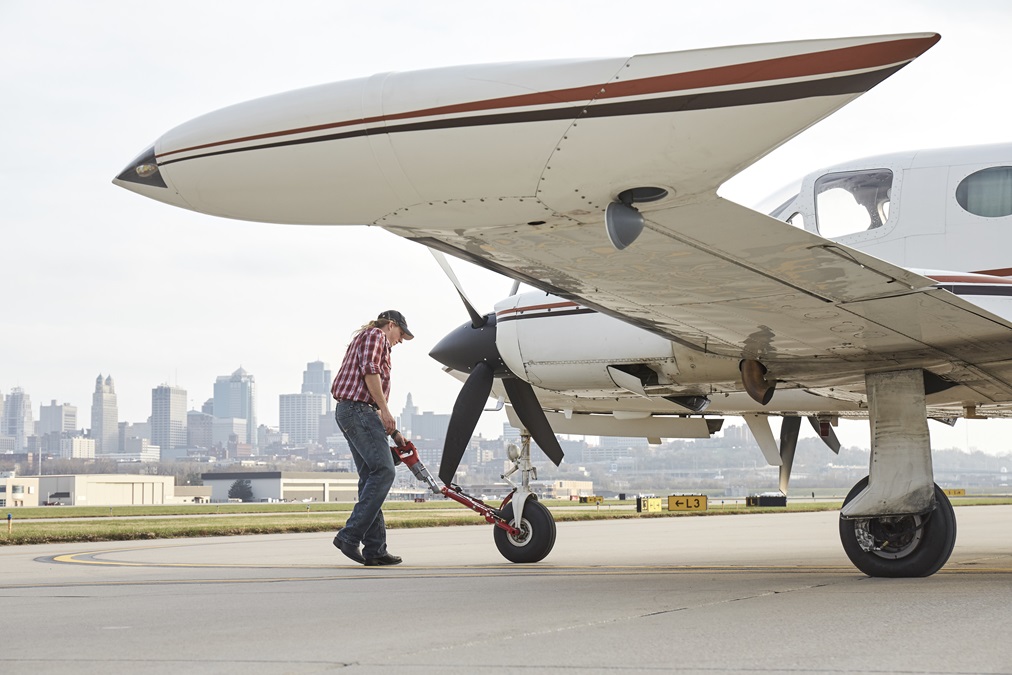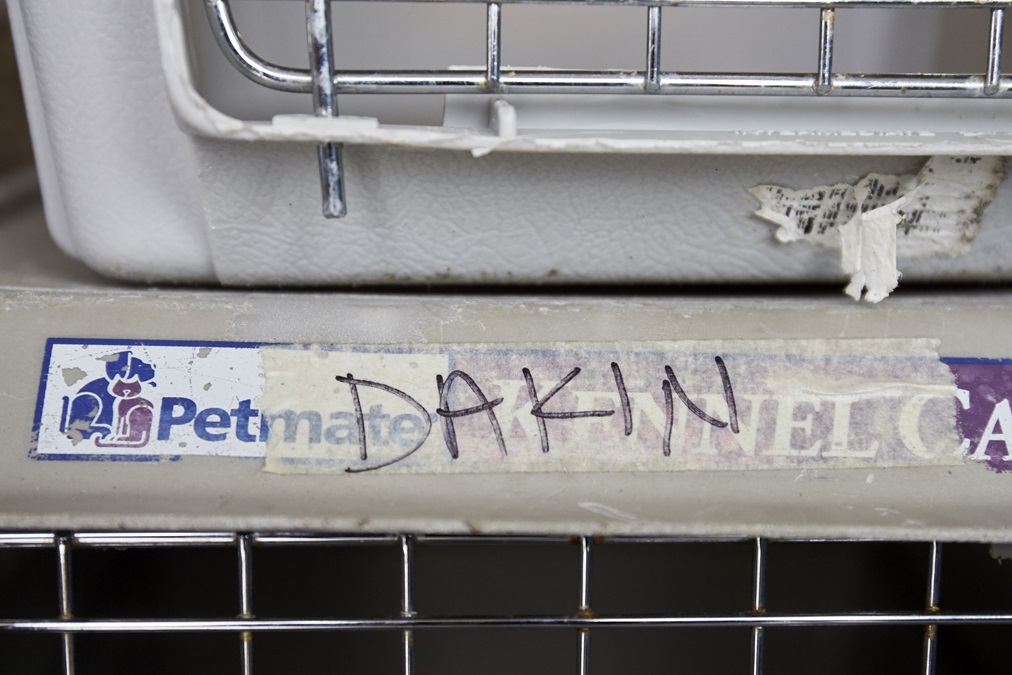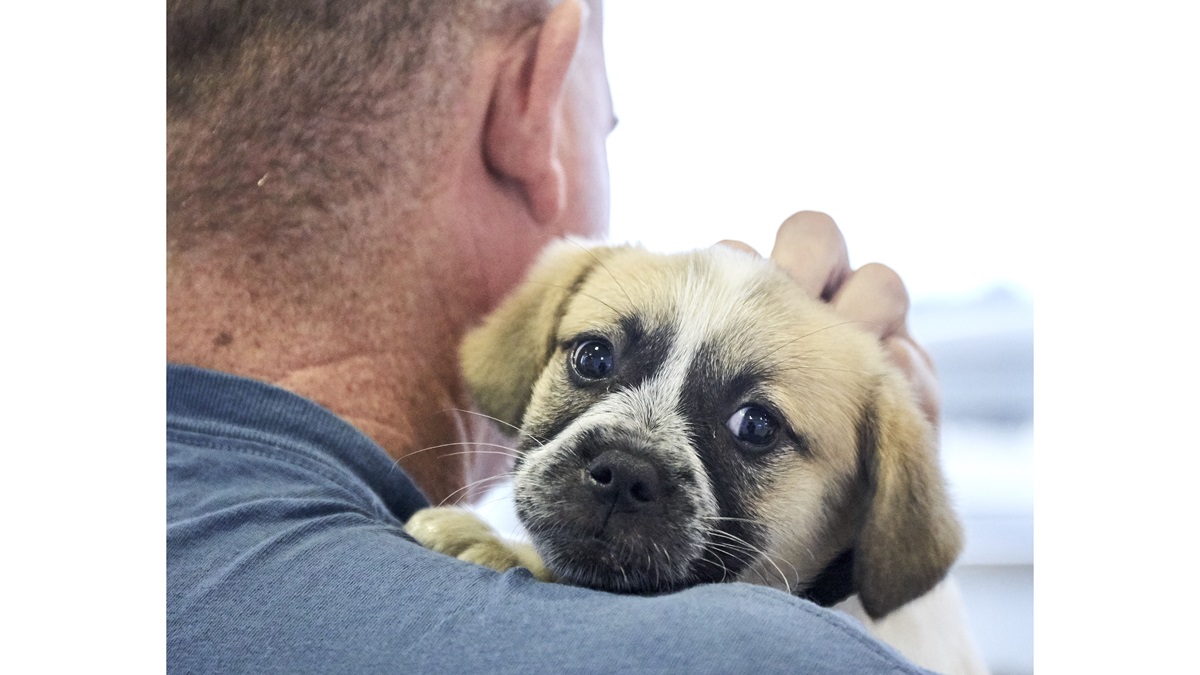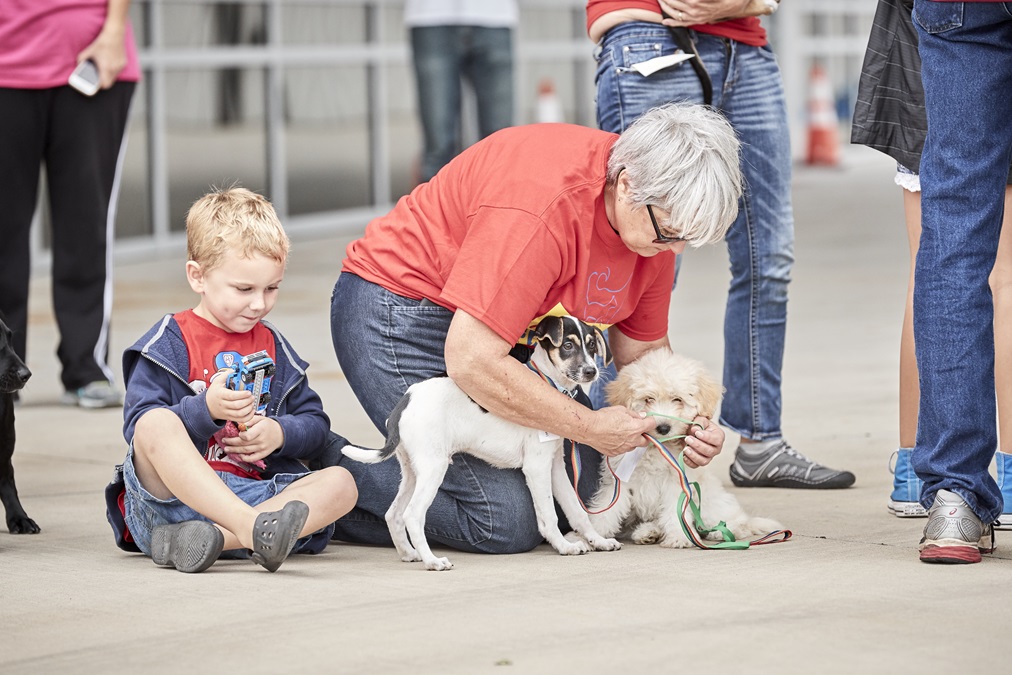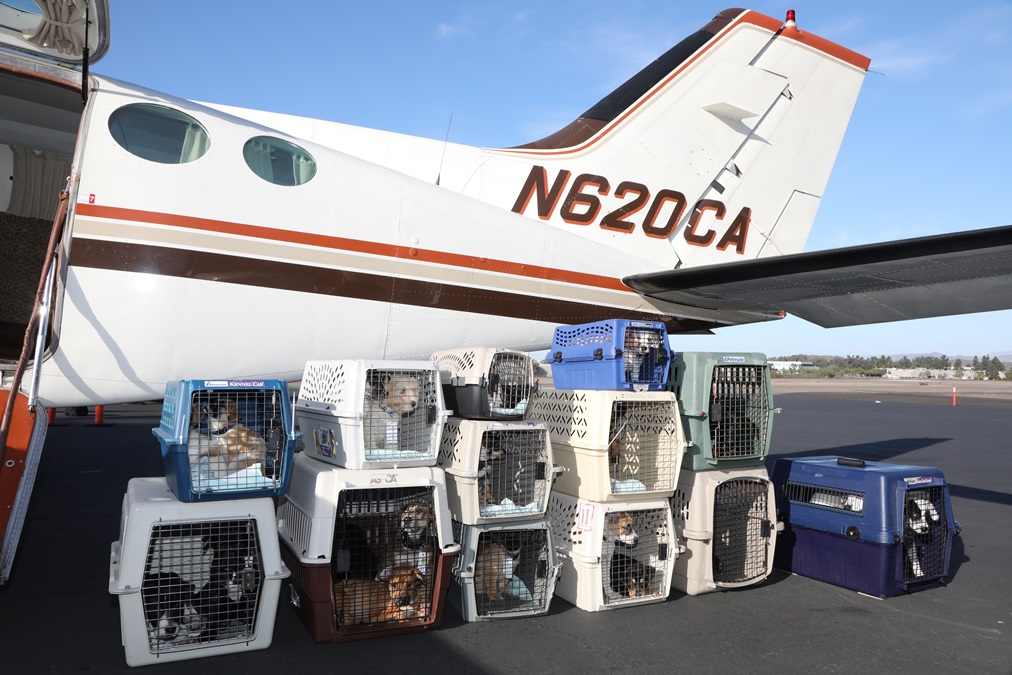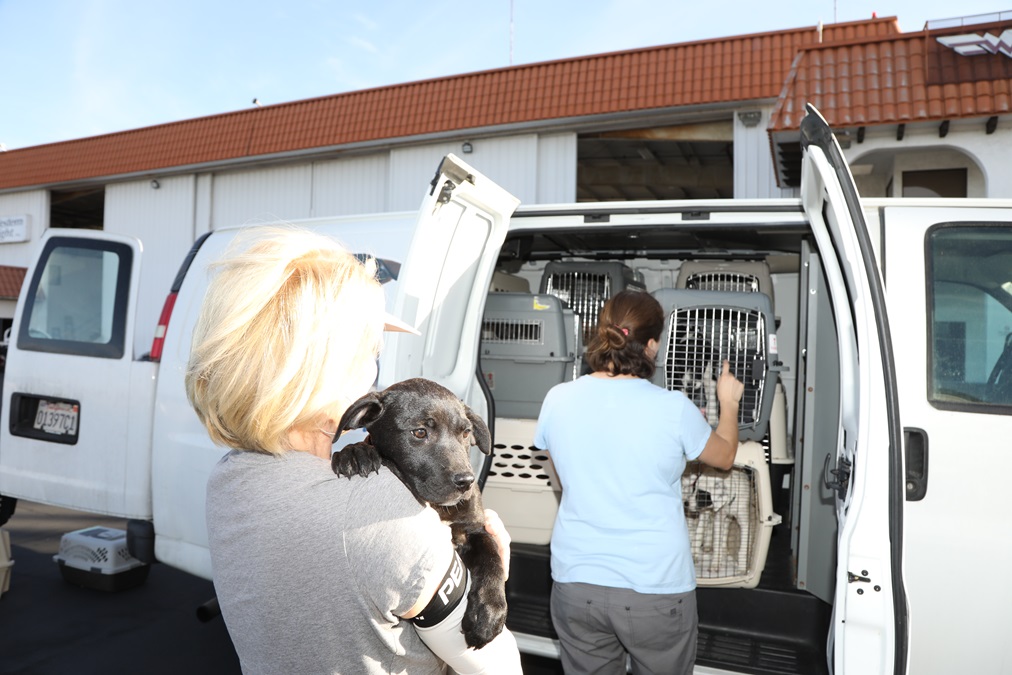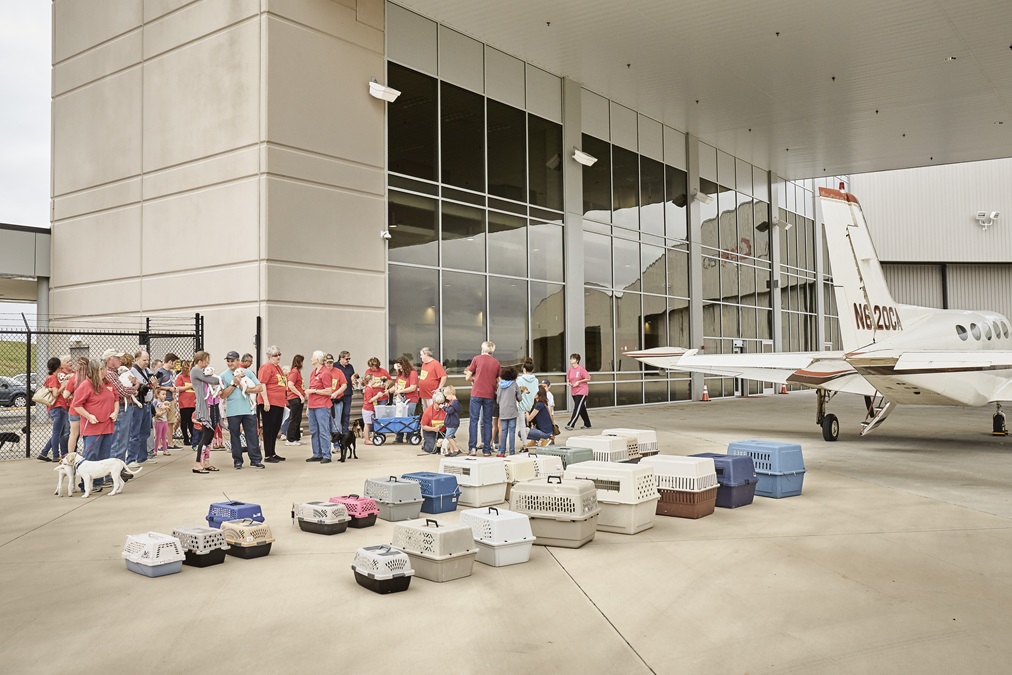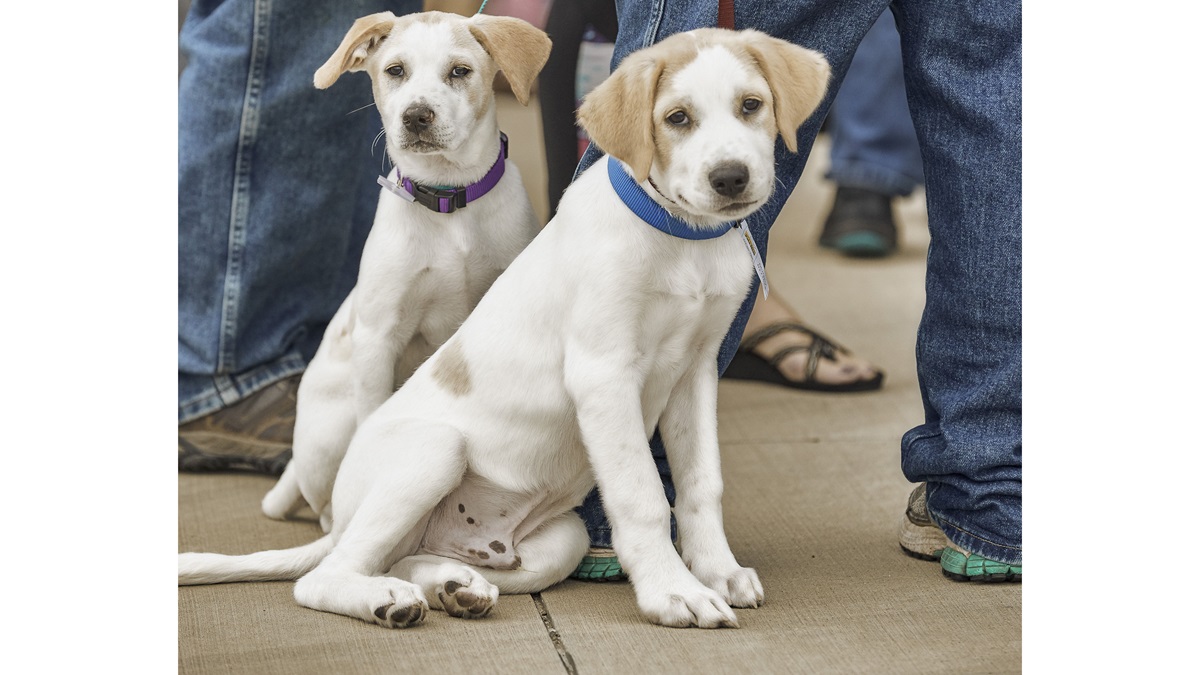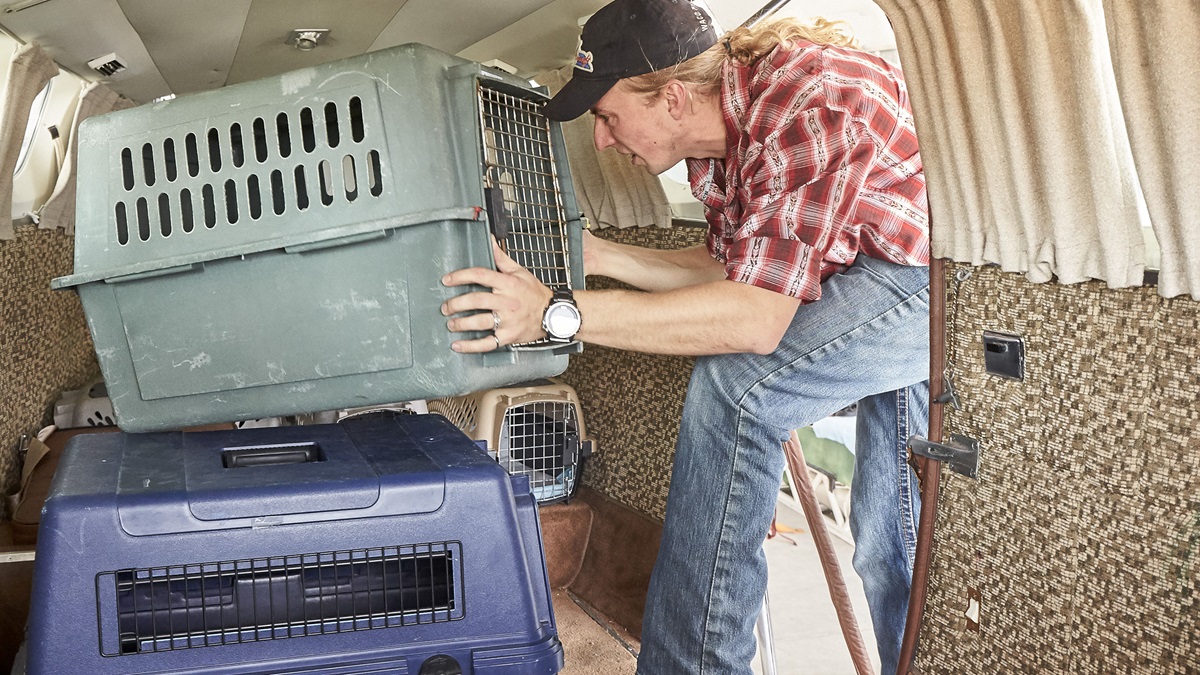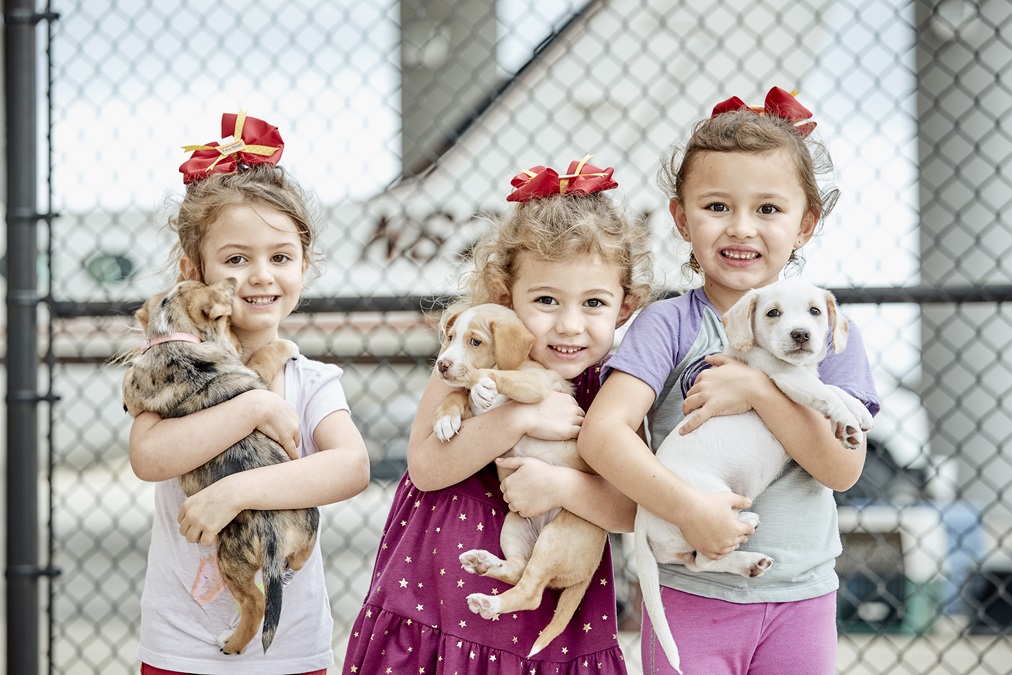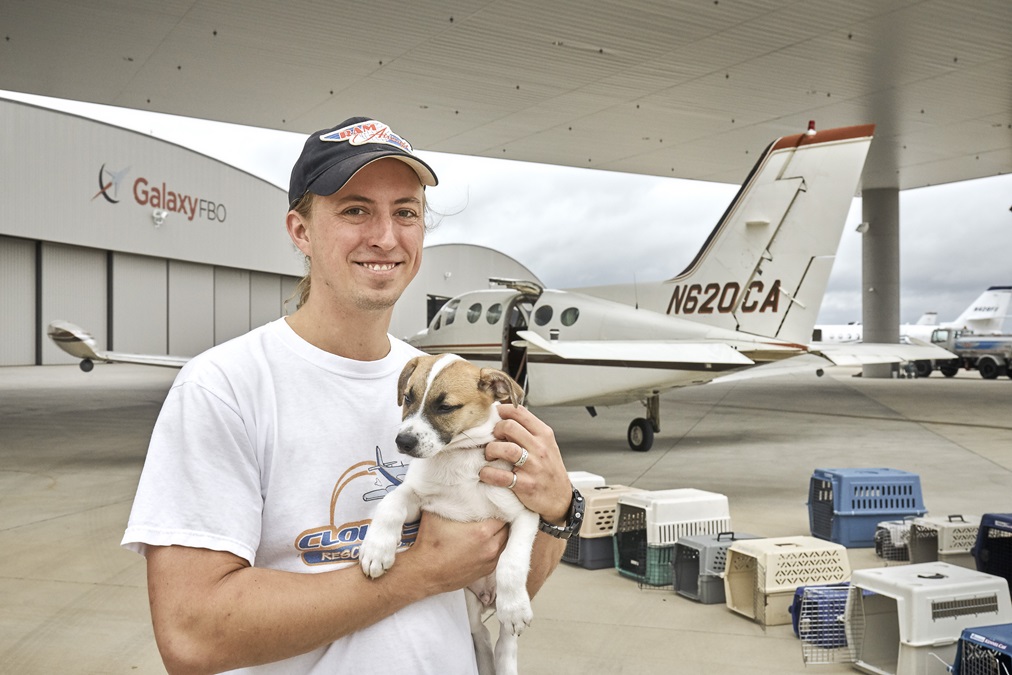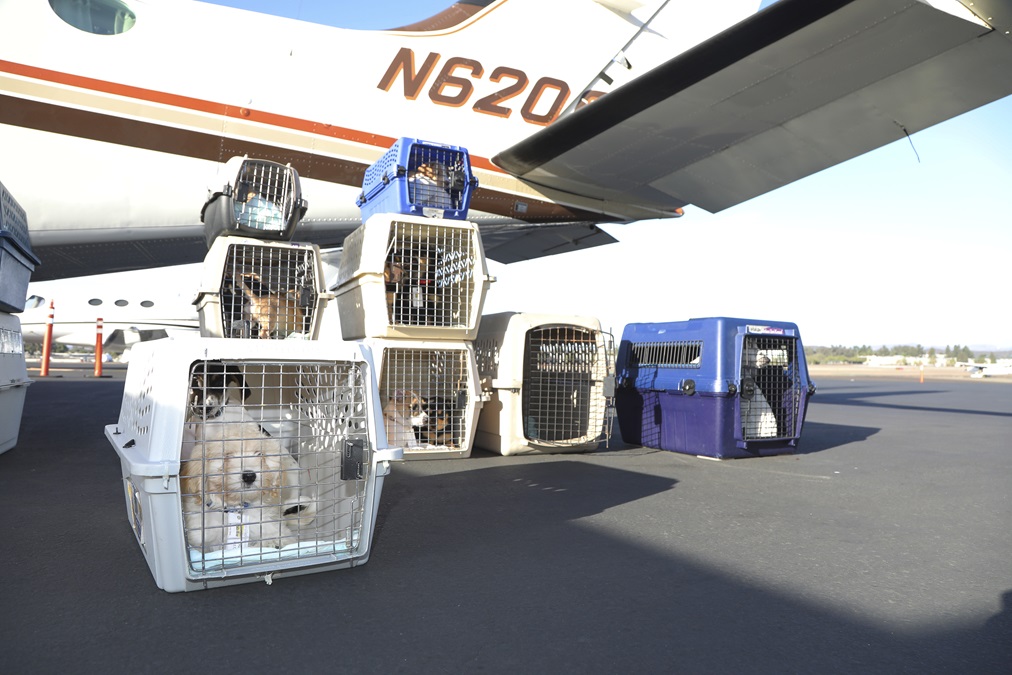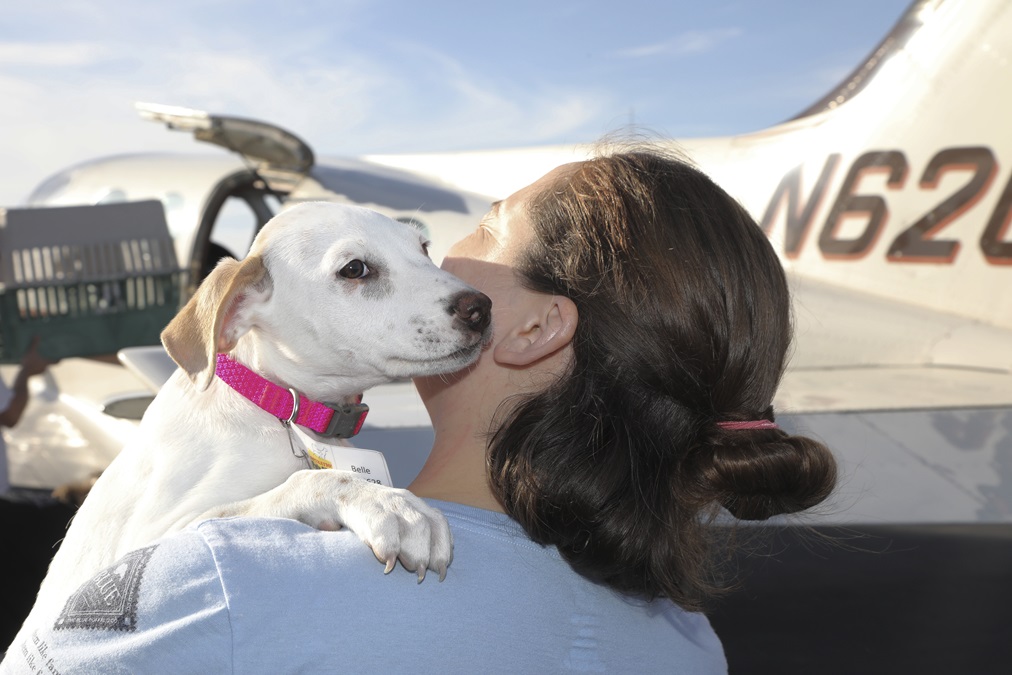Forty at a time
Animal rescue’s ‘angel’ flies a twin Cessna
The twin Cessna had just completed a roundtrip from Missouri to Puerto Rico and the Virgin Islands the previous weekend—some 35 hours of flying. But N620CA didn’t have the luxury of weeks of downtime. The aircraft needed to be airworthy so that it could make yet another trip for Cloud Nine Rescue Flights, the nonprofit DuPuis founded in 2009.
That was on a Monday. The maintenance shop changed the cylinder in time for a Friday departure from Kansas City. Cloud Nine has a reputation for nearly 100 percent on-time trips, and DuPuis was glad to keep that streak going.
Dog is my co-pilot
Thousands of general aviation pilots devote some of their free time flying dogs, cats, and other animals to new homes so that they don’t have to remain in animal shelters. DuPuis, a New York native who is a project manager for a Midwest aviation company, knew he wanted to do that when he earned a private pilot certificate in 2008.
DuPuis wanted to be able to transport large numbers of animals long distances. Cloud Nine was created to fill that niche. Its first aircraft was a 1969 Piper Aztec—a well-traveled performer with a “Dog is my Co-Pilot” sticker in the window, backseats that could be removed in 10 minutes, and the capacity to carry 13 animal crates. The 31 carried 47 Chihuahua puppies from California to New York in a single day. On another mission, Cloud Nine transported 32 cats from Cozumel, Mexico, to Pennsylvania.
In 2011, Cloud Nine acquired a Cessna 310, and eventually sold the Aztec. The 310 was a highly capable aircraft that could make longer trips. As DuPuis and his family relocated from Pennsylvania to Missouri and then to Kansas, he began planning for a replacement airplane—one that could climb into the flight levels, scale the Rocky Mountains handily, and make coast-to-coast trips not only possible, but routine.
Good morning, Texas
The Galaxy FBO at Conroe-North Houston Regional Airport in Conroe, Texas, is about to be overrun with puppies.
The 414 is parked in front of the FBO. Three rows of dog crates are lined up next to the airplane, and a volunteer in a red Operation Pets Alive T-shirt is making sure the crates are lined with clean absorbent pads. Today’s tally is 40 puppies. Puppy flights are the messy ones, DuPuis says.
Operation Pets Alive pulled the puppies from the local animal shelter and placed them with foster homes. Now old enough to travel, the pups will fly via general aviation to a rescue in San Diego, California. The Cloud Nine transport will free up space in the Conroe shelter, whose residents include dogs that arrived after Hurricane Harvey, and reduce the possibility of euthanasia.
As the leashed puppies scamper about, foster families mill outside the chain-link fence and peer at the 414.
“Which plane is it?” one asks. “Oh, that tiny little plane?”
Adriel Welsh of Conroe and Crystal Dixon of the Woodlands, Texas, are waiting to relinquish the puppies they’ve fostered. Welsh takes photos of her daughter, Annabelle, and Dixon’s daughters Claire and Marissa, cuddling the pups.
“Lots of people don’t want to foster bottle-fed puppies because they need feeding at regular intervals,” says Resh. She and Dixon are homemakers, so the feeding routine has been manageable.
“I’m used to being up at night with the kids,” Dixon says.
Marcia Potter, the president of Operation Pets Alive, pauses to watch volunteers start loading puppies into crates. “We love Ted,” she says. “He was our savior” in 2011, when Cloud Nine picked up its first load of dogs from the Conroe, Texas, volunteer organization. “We hit 92.5 percent placement [in 2017], up from 50 percent in 2000.”
Going first class
The crates are full, and DuPuis begins to load them into the 414 with the speedy precision of a game of Tetris played many times before. The 414’s useful load of 1,550 pounds is up to the task, but DuPuis says it’s easy to go over gross because the airplane can carry 1,200 pounds of fuel.
Squeals are rising from the crates. Some of the children are crying too; Charles Dickens probably could not have envisioned a more pitiful scene.
“They’re going first class,” a volunteer says.
His companion nods. “That’s gotta be a labor of love.”
As soon as the 300-horsepower Continental TSIO-520-NBs spool up, the pups start to calm down. This is the pattern for most animal transports of any size; the passengers sleep during the most exciting part of their journey.
Taxiing out to Runway 19, the Conroe ground controller hails N620CA: “How many on board today?”
“Forty.”
“Good!”
Texas to New Mexico
En route to Las Cruces, New Mexico—the first fuel stop—DuPuis flies at 6,000 feet to avoid punishing headwinds at higher altitudes. The groundspeed is painful: 155 knots, 180 knots true airspeed. Fuel burn is 30 gallons per hour. On the second leg, the 414 will climb to the low flight levels and see 205 KTAS. The best performance is seen at 18,000 to 19,000 feet. The airplane’s service ceiling is 30,000 feet.
When Cloud Nine outgrew its Cessna 310, there was no question that the next aircraft would be another twin Cessna. “The [Beech] Duke has too small of a cabin,” DuPuis says. The 414 won out over the 421 because DuPuis prefers direct-drive engines, which he said are more efficient and have lower maintenance costs.
The 414 was an “upgrade/downgrade” from the 310, DuPuis says. The 414 is 10 years newer. The airframe has just more than 4,500 hours but is a more capable aircraft than the 310, DuPuis says. Cabin pressurization and the ability to fly at 16,000 to 18,000 feet offer more flexibility. Cloud Nine can fly more transports to and from the western United States.
The 414’s dated, gap-toothed panel is the downgrade. DuPuis hopes to modernize the center stack with a Garmin 750 GPS, and install a Garmin G5 electronic attitude indicator and HSI on the co-pilot side. For now, the airplane is Slant A, which means the pilot can’t perform any RNAV approaches in IMC.
“We try to make our fuel stops at places that have less-expensive fuel,” DuPuis says. “Our number one expense is fuel, and when you’re buying more than 100 gallons at a time and saving $1 per gallon,” that’s a significant savings. The 414 holds a total of 203 gallons of fuel in its six tanks. Unfortunately, most airports with cheaper fuel only have RNAV approaches in IMC.
Cloud Nine looks to sponsors and outside contributors for help with the care and feeding of the 414, as was the case with the 310 and the Aztec. Sponsors offer free or discounted parts and services that help to keep Cloud Nine flying. DuPuis credits RAM Aircraft in Waco, Texas, as a major contributor, and he praises the 414’s new composite propellers from MT Propeller as perhaps the single best upgrade made thus far. “We see a noticeable performance improvement and they are 27 pounds lighter,” he says. Other improvements include LED lighting by Aveo Engineering. Tempest supplies spark plugs and oil filters; AeroShell donated a 55-gallon drum of oil.
As Cloud Nine’s president, DuPuis seeks to operate the airplane as efficiently as possible. He removed antennas and plugged holes from outdated navigation equipment to cut down on drag, which he says has had a noticeable impact on cruise and climb performance. New engine baffles help the Continentals to run cooler, and produce less engine-related drag.
A typical mission costs about $500 per hour. Most other pilots couldn’t operate a 414 as efficiently, DuPuis says, and he attributes it to Cloud Nine’s sponsors, oil changes performed every 25 hours, and owner-assisted annuals.
“We try to do maintenance smartly,” choosing repairs that will make the most sense long-term, DuPuis adds. “You can do things the cheap way and it’ll get you by, but eventually you’ll have to go back in and fix something.”
‘The right thing to do’
During a handoff to El Paso Approach, the air traffic controller says, “Thanks for doing what you’re doing.” Controllers frequently acknowledge public benefit flights when their status is noted on flight plans.
One hour into the second leg, the puppies get restless. One starts a tentative whimpering, which prompts a few more to join in with yowls. The drone of the Continentals eventually lulls everyone back to a doze.
Afternoon sun is sparkling on the Pacific Ocean as the 414 lands at McClellan-Palomar Airport in Carlsbad, California. Volunteers with the California rescue are standing by at the Western Flight FBO when the 414 taxis up. Crate by crate, the puppies are transferred from DuPuis’s hands to the waiting arms of the volunteers. They pet and coo at each pup before placing it into another crate.
The urge to gather all the puppies into your arms and take them home is strong, but DuPuis says he long ago recognized that he could help one dog at a time, or he could help many dogs by transporting them out of animal shelters.
“These are pretty clean. I was expecting a lot worse,” says a volunteer as she removes a dirty pad from a crate. The pups’ worried faces disappear into the back of yet another van, but hopefully their journey will soon conclude with forever homes.
Cloud Nine’s 414 departs Carlsbad late Saturday afternoon, climbing easily over mountains painted with a rosy glow from the setting sun. Five hours and one fuel stop later, DuPuis lands the 414 at Wheeler Downtown. It’s well past midnight, and the chilly November night air whisks the odor of puppies out of the 414’s cabin.
DuPuis has logged more than 50 hours in 10 days—and that’s on top of a full work week. “The only reason to do this is if you believe that it’s the right thing to do,” he says.
Cloud Nine had no more trips scheduled in November, and DuPuis admits he’s looking forward to the break. In December he headed to St. Croix, U.S. Virgin Islands, hoping to make a difference in the lives of homeless animals—40 at a time.
Email [email protected]

